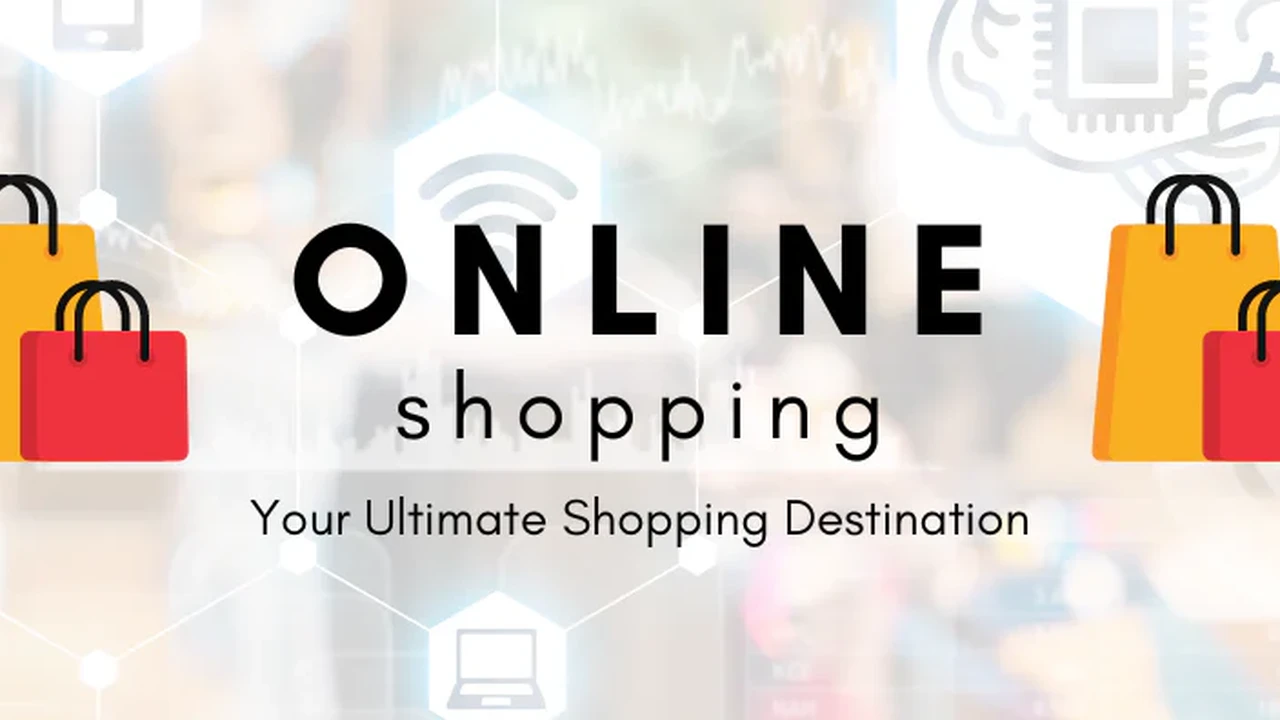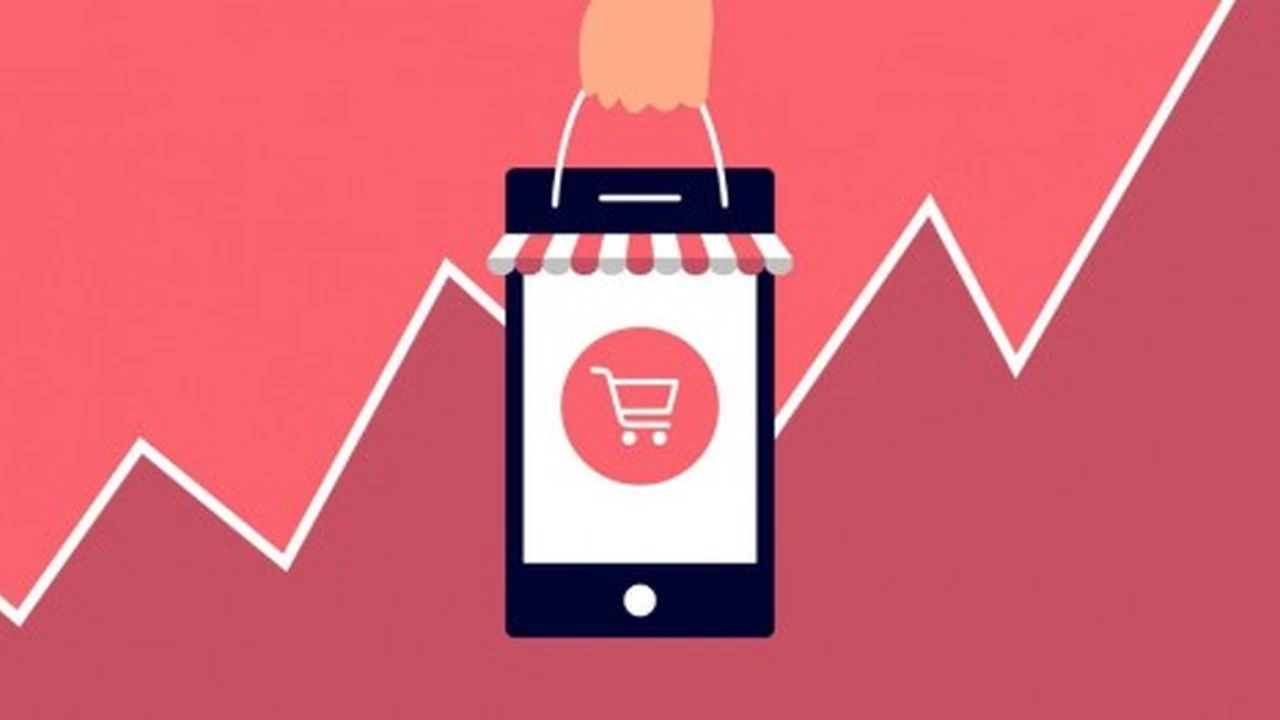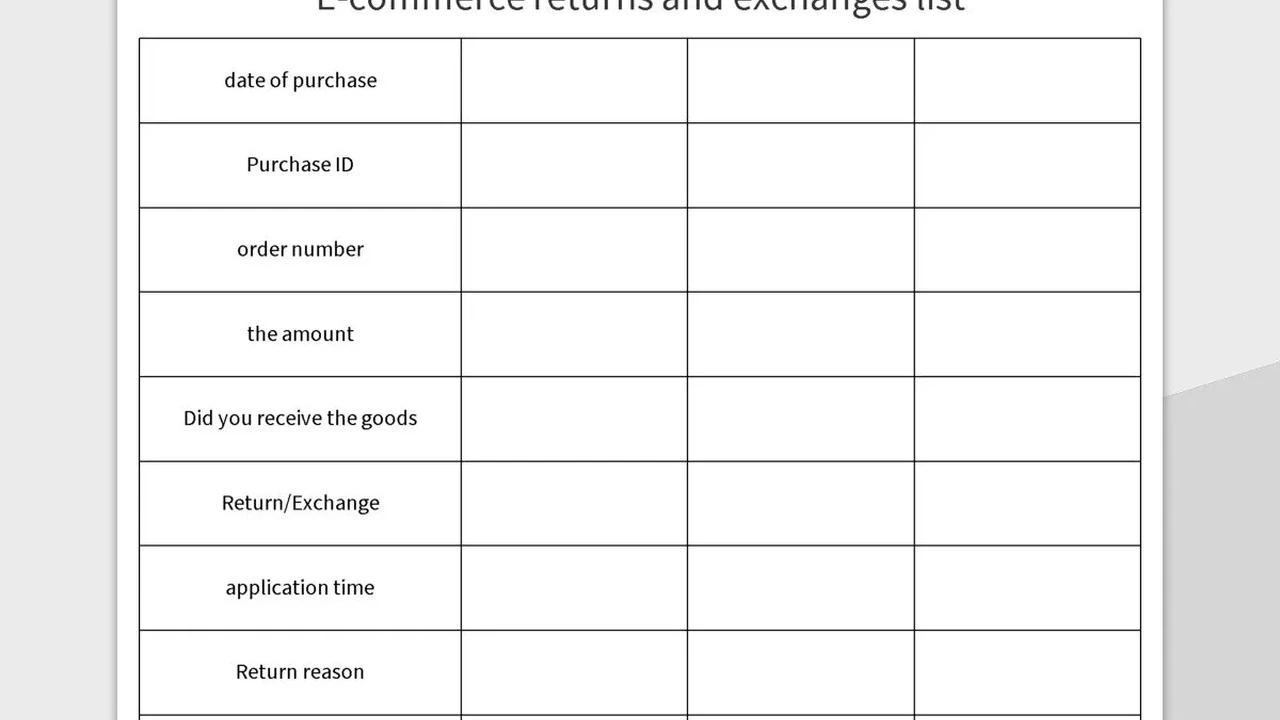The Future of Marketplaces in SEA & Mexico: Trends and Predictions for 2025
Sample meta description.

Understanding the Evolving Landscape of Online Marketplaces in Southeast Asia SEA and Mexico
Hey there! Let's dive into the exciting world of online marketplaces in Southeast Asia (SEA) and Mexico. These regions are booming, and understanding the trends shaping them is crucial. Think of it as a peek into the future of how people buy and sell online. We're talking about a vibrant ecosystem fueled by growing internet penetration, a young and tech-savvy population, and a hunger for convenient shopping experiences. Forget the old ways; e-commerce is king (or queen!) in these parts.
Key Trends Shaping the Future of E-Commerce Marketplaces in SEA and Mexico E-Commerce Growth
First off, the sheer growth is mind-blowing. We're not just talking about a little bump; we're talking exponential expansion. More and more people are getting online, and they're immediately hitting up marketplaces to buy everything from clothes and electronics to groceries and home goods. This growth is driven by factors like:
- Mobile-First Approach: Everyone's got a smartphone, and that's their primary gateway to the internet. Marketplaces need to be optimized for mobile experiences, period. Think seamless navigation, fast loading times, and intuitive interfaces.
- Increased Internet Penetration: More people are getting online, especially in rural areas. This expands the potential customer base for marketplaces.
- Young and Tech-Savvy Population: SEA and Mexico have a large population of young people who are comfortable with technology and eager to embrace online shopping.
The Rise of Social Commerce Social Media Integration for Online Sales
Social commerce is exploding! It's all about integrating shopping experiences directly into social media platforms like Facebook, Instagram, and TikTok. Imagine scrolling through your feed and seeing a product you like, then being able to buy it instantly without leaving the app. That's the power of social commerce. Key aspects include:
- Direct Sales on Social Media: Platforms are enabling businesses to sell directly through their profiles.
- Influencer Marketing: Influencers play a huge role in promoting products and driving sales.
- Live Shopping: Live streaming events where sellers showcase products and interact with potential buyers in real-time.
The Importance of Hyperlocalization Tailoring Marketplaces to Local Needs and Preferences
One size definitely doesn't fit all. Marketplaces need to be hyper-localized to cater to the specific needs and preferences of different regions and communities. This means:
- Language and Currency Support: Obvious, but crucial.
- Local Payment Methods: Offering popular local payment options like e-wallets and cash-on-delivery.
- Cultural Sensitivity: Adapting marketing and product offerings to reflect local customs and traditions.
The Evolution of Logistics and Fulfillment Streamlining Delivery for E-Commerce Success
Fast and reliable delivery is a game-changer. Marketplaces are investing heavily in logistics and fulfillment infrastructure to improve the customer experience. This includes:
- Building Robust Logistics Networks: Partnering with local and international logistics providers.
- Implementing Efficient Warehousing and Inventory Management Systems: Optimizing storage and distribution processes.
- Offering Same-Day and Next-Day Delivery Options: Meeting customer expectations for speed and convenience.
The Growing Demand for Cross-Border E-Commerce Expanding Reach Beyond Borders
Marketplaces are increasingly facilitating cross-border e-commerce, allowing businesses to reach customers in other countries. This opens up new opportunities for growth and expansion. Key considerations include:
- Simplifying Customs and Regulations: Helping businesses navigate the complexities of international trade.
- Providing Multilingual Support: Catering to customers who speak different languages.
- Offering Competitive Shipping Rates: Making cross-border shipping affordable.
Predictions for 2025 What to Expect in the Near Future of Online Marketplaces
So, what can we expect to see in 2025? Here are a few predictions:
- Continued Growth of E-Commerce: The market will continue to expand, driven by increasing internet penetration and mobile adoption.
- Dominance of Mobile Commerce: Mobile devices will become the primary channel for online shopping.
- Rise of Niche Marketplaces: We'll see more specialized marketplaces catering to specific interests and communities.
- Increased Use of AI and Machine Learning: AI will be used to personalize the customer experience, optimize pricing, and improve fraud detection.
- Focus on Sustainability: Consumers will increasingly demand sustainable products and practices.
Product Recommendations and Comparisons for Online Marketplaces in SEA and Mexico
Alright, let's get specific. Here are some product recommendations, usage scenarios, comparisons, and price points to give you a better idea of what's trending:
Electronics Category
Xiaomi Redmi Note Series vs Samsung Galaxy A Series Mobile Phone Comparison
Xiaomi Redmi Note 12 Pro: A mid-range smartphone known for its excellent value for money. It boasts a powerful processor, a great camera, and a long-lasting battery. Perfect for everyday use, gaming, and photography. Price: around $250-$300.
Samsung Galaxy A54: Another popular mid-range option, offering a premium design, a vibrant display, and a reliable performance. It's ideal for users who value aesthetics and a smooth user experience. Price: around $350-$400.
Comparison: The Redmi Note 12 Pro offers better value for money with similar performance, while the Galaxy A54 boasts a more premium design and user experience. Choose based on your budget and priorities.
Usage Scenario: Imagine you're a student in Mexico City. You need a reliable phone for attending online classes, staying connected with friends, and capturing memories. Both phones would be excellent choices, but the Redmi Note 12 Pro might be more appealing if you're on a budget.
Fashion Category
Local Artisan-Made Clothing vs Fast Fashion Brands Sustainable Fashion Choices
Local Artisan-Made Clothing (e.g., Handwoven Textiles from Oaxaca, Mexico): Unique, handcrafted clothing made by local artisans using traditional techniques. These items support local communities and promote sustainable practices. Price: Varies widely depending on the complexity and materials used, but expect to pay a premium for the craftsmanship.
Fast Fashion Brands (e.g., Shein, Zara): Trendy and affordable clothing that's mass-produced. While accessible and stylish, it often comes at the expense of ethical labor practices and environmental sustainability. Price: Highly affordable, typically ranging from $10-$50 per item.
Comparison: Local artisan-made clothing is more expensive but supports local communities and promotes sustainability. Fast fashion is affordable but often comes with ethical and environmental concerns.
Usage Scenario: You're a young professional in Jakarta, Indonesia, looking for a stylish outfit for a business meeting. You could choose a fast fashion item for its affordability or invest in a unique piece from a local designer to showcase your support for local craftsmanship.
Home Goods Category
Smart Home Devices vs Traditional Appliances Home Automation and Convenience
Smart Home Devices (e.g., Smart Lighting, Smart Speakers): Devices that can be controlled remotely using a smartphone or voice commands. They offer convenience, energy efficiency, and enhanced security. Price: Varies widely depending on the brand and features, but expect to pay a premium for smart technology.
Traditional Appliances (e.g., Standard Lamps, Basic Speakers): Traditional appliances that perform their functions without smart technology. They are often more affordable and easier to use. Price: Typically more affordable than smart home devices.
Comparison: Smart home devices offer convenience and advanced features, while traditional appliances are more affordable and simpler to use.
Usage Scenario: You're a busy parent in Bangkok, Thailand, looking for ways to simplify your daily routine. Smart home devices like smart lighting and smart speakers can help you automate tasks and create a more comfortable living environment.
Beauty Category
Local Organic Skincare vs International Beauty Brands Natural Beauty and Skin Health
Local Organic Skincare (e.g., Products using locally sourced Aloe Vera in Mexico): Skincare products made with natural and organic ingredients sourced locally. These products are often free of harsh chemicals and promote sustainable practices. Price: Typically mid-range to premium, reflecting the quality of the ingredients and ethical sourcing.
International Beauty Brands (e.g., L'Oreal, Estee Lauder): Well-established beauty brands offering a wide range of products with advanced formulations and marketing. Price: Varies widely depending on the brand and product, but often more affordable than local organic options.
Comparison: Local organic skincare focuses on natural ingredients and sustainability, while international brands offer a wider range of products and advanced formulations.
Usage Scenario: You're a health-conscious individual in Medellin, Colombia, looking for skincare products that are gentle on your skin and environmentally friendly. Local organic skincare would be an excellent choice.
Food and Beverage Category
Locally Sourced Coffee Beans vs International Coffee Brands Supporting Local Farmers
Locally Sourced Coffee Beans (e.g., Arabica beans from Vietnam): Coffee beans grown and processed locally, supporting local farmers and promoting sustainable agriculture. Price: Varies depending on the quality and origin, but often mid-range to premium.
International Coffee Brands (e.g., Starbucks, Nescafe): Mass-produced coffee brands offering a consistent taste and availability. Price: Typically more affordable than locally sourced options.
Comparison: Locally sourced coffee supports local farmers and offers unique flavors, while international brands offer consistency and affordability.
Usage Scenario: You're a coffee enthusiast in Kuala Lumpur, Malaysia, looking for a unique and flavorful coffee experience. Locally sourced coffee beans would be a great choice.
Final Thoughts Avoiding Conclusion
So there you have it! A glimpse into the future of online marketplaces in SEA and Mexico. It's a dynamic and ever-changing landscape with tons of opportunities for businesses and consumers alike. Keep an eye on these trends, and you'll be well-positioned to thrive in this exciting market.
:max_bytes(150000):strip_icc()/277019-baked-pork-chops-with-cream-of-mushroom-soup-DDMFS-beauty-4x3-BG-7505-5762b731cf30447d9cbbbbbf387beafa.jpg)






